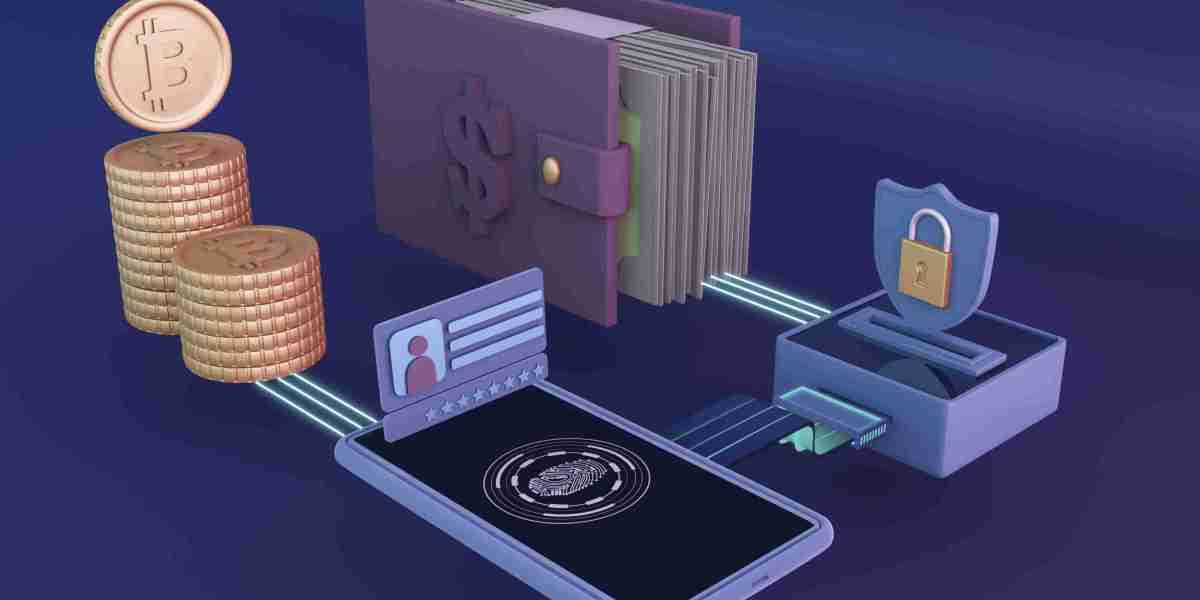When it comes to safeguarding your digital assets, few topics are more important than security. In the crypto world, stories of exchange hacks and phishing scams serve as constant reminders that leaving your funds online can be risky. This is why many investors are turning to a crypto cold wallet—a secure, offline method of storing digital currencies. Unlike hot wallets, which are connected to the internet, cold wallets offer an added layer of protection against cyberattacks. Whether you are a casual investor or someone building a long-term portfolio, understanding cold wallets is crucial for keeping your digital wealth safe.
Why Crypto Cold Wallets Matter
The concept of financial independence is one of the main attractions of cryptocurrencies. But with independence comes responsibility, especially when it comes to securing your assets. Exchanges and online wallets are convenient but vulnerable to breaches. Once funds are stolen from an online account, recovering them is nearly impossible. A crypto cold wallet addresses this challenge by keeping private keys offline, where hackers cannot reach them.
For long-term holders—often referred to as "HODLers"—cold wallets are invaluable. They allow you to store assets securely without constant exposure to internet-based threats. This balance of control and safety has made cold storage the gold standard in crypto security.
How a Crypto Cold Wallet Works
At its core, a crypto cold wallet is designed to store your private keys offline. The private key is what allows you to access and control your funds. If someone else gains access to it, they essentially own your coins. Cold wallets solve this by ensuring private keys never leave the device.
There are two main types of cold wallets:
1. Hardware Wallets
These are physical devices, often resembling USB drives, that securely generate and store private keys. Hardware wallets allow you to sign transactions offline, then broadcast them online without exposing your sensitive data. Brands like Ledger and Trezor are popular choices, known for their robust security features and user-friendly designs.
2. Paper Wallets
A paper wallet is a printed piece of paper with your public and private keys written on it. While inexpensive, paper wallets come with risks—such as being damaged, lost, or stolen. Still, for those seeking a budget-friendly cold storage option, paper wallets can serve as a viable choice if handled carefully.
Benefits of Using a Crypto Cold Wallet
The growing popularity of cold wallets isn’t just hype—it’s based on real advantages that investors value.
Enhanced Security
By operating offline, a cold wallet eliminates exposure to common threats like malware and phishing attacks. This makes it particularly effective against hackers targeting online platforms.
Control and Ownership
When your coins are in a cold wallet, you alone control the private keys. There’s no need to rely on third parties, which aligns with the decentralized philosophy of blockchain technology.
Long-Term Storage
For those planning to hold assets for years, a crypto cold wallet offers peace of mind. You can lock away your coins without worrying about online vulnerabilities.
Compatibility
Most reputable cold wallets support a wide range of cryptocurrencies, making them versatile tools for diverse portfolios.
Risks and Limitations
While cold wallets offer unmatched security, they are not without drawbacks. It’s important to consider these before making your choice.
Cost: Hardware wallets require an upfront investment, which may deter casual investors.
Accessibility: Funds in cold storage are not immediately accessible, making them less convenient for frequent traders.
Loss or Damage: If you lose your hardware wallet or paper wallet—and the recovery phrase—you may permanently lose access to your funds.
Learning Curve: For beginners, the process of setting up and managing a cold wallet may seem intimidating.
Real-World Use Cases
Institutional investors and retail holders alike use cold wallets for protection. For example, many major crypto exchanges store the majority of customer funds in cold storage to reduce the risk of theft. On an individual level, investors use hardware wallets to store long-term holdings such as Bitcoin or Ethereum, while keeping only small amounts in hot wallets for trading.
This layered approach—cold wallets for savings, hot wallets for daily use—provides both security and flexibility.
Choosing the Right Crypto Cold Wallet
When selecting a crypto cold wallet, several factors should guide your decision:
Security Features: Look for features like secure chips, PIN codes, and backup recovery phrases.
Ease of Use: A user-friendly interface can make a big difference, especially for newcomers.
Supported Assets: Ensure the wallet supports the cryptocurrencies you plan to store.
Reputation: Stick with brands that have been tested and reviewed by the community.
Backup Options: Always consider how you’ll recover your funds in case the wallet is lost or damaged.
Conclusion
The rise of digital assets has brought incredible opportunities, but also new risks. Protecting your holdings should be a top priority, and a crypto cold wallet is one of the most effective tools available. By taking your private keys offline, cold wallets protect against cyber threats while giving you complete control over your investments.
Whether you choose a hardware device or a paper wallet, the decision to adopt cold storage is a step toward greater security and financial independence. For long-term holders, it’s more than just a safety measure—it’s peace of mind.







